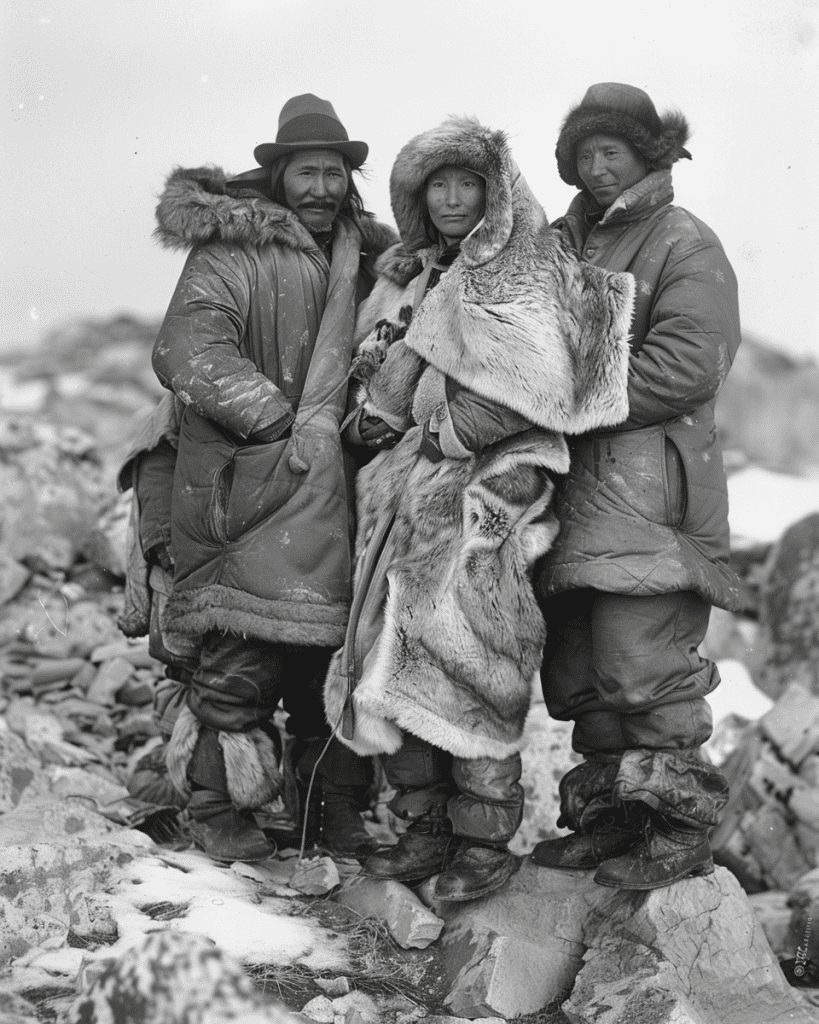Among the Inuit people of the Arctic, a curious custom has long intrigued outsiders: the practice of wife-swapping. This tradition, often misunderstood and sensationalized, carries deep cultural significance for some Inuit communities.
Wife-swapping among Inuit is a means of Reinforcing community ties and civic unity rather than a purely sexual practice. It reflects the communal way of life in harsh Arctic conditions, where cooperation and interdependence are essential for survival.
Contrary to popular belief, this custom is not universal among all Inuit groups. Its prevalence and specific practices vary across different communities.
The exchange of wives between strangers, while occasionally reported, is far less common than exchanges between friends or relatives.
Historical Context of Inuit Social Norms
Inuit social norms developed over centuries in response to the harsh Arctic environment. These customs shaped family structures and community relationships in unique ways.
Origins and Cultural Significance
The exchange of wives in Inuit culture emerged as a survival strategy. Cooperation was essential in the unforgiving Arctic, and this practice strengthened social bonds and ensured community cohesion.
Inuit societies valued interdependence. Wife-swapping, or more accurately, spouse exchange, served multiple purposes.
It created kinship ties between families, crucial for survival in isolated regions.
The custom also addressed practical concerns. In an environment where male mortality was high, it ensured care for widows and children and redistributed resources and skills across the community.
Anthropological Perspectives
Anthropologists have long been fascinated by Inuit social structures. Early studies often misinterpreted these practices through a Western lens.
More recent research recognizes the complexity of Inuit gender roles. Traditional Inuit society had nuanced definitions of gender and associated tasks.
Spouse exchange wasn’t universal or uniform across all Inuit groups. Its prevalence and form varied by region and time period.
Modern anthropologists emphasize the need to understand these practices within their cultural context. They highlight how Inuit customs evolved to meet the unique challenges of Arctic life.
Modern Views and Changes
The practice of wife-swapping among Inuit communities has undergone significant transformations in recent decades. Cultural shifts and external influences have reshaped traditional customs, leading to evolving perspectives on relationships and social norms.
Shifts in Inuit Society
Younger generations of Inuit have begun to question and reevaluate traditional practices like wife-swapping. Many now view these customs through a more critical lens, influenced by changing attitudes toward gender equality and individual autonomy.
Education has played a crucial role in this shift.
As more Inuit youth attend schools and universities, they bring back new ideas that challenge long-held beliefs.
Strengthening kinship ties through wife-swapping is no longer seen as essential for community cohesion. Modern Inuit societies have developed alternative ways to foster social harmony and cooperation.
Economic changes have also impacted traditional practices. As Inuit communities integrate into the global economy, the emphasis on communal living has decreased, affecting customs like wife-swapping.
Influence of Western Culture
Western media and technology have exposed Inuit communities to different relationship models and social norms. This exposure has made many question the validity and relevance of practices like wife-swapping in the modern world.
Legal systems in countries with Inuit populations have introduced laws that conflict with traditional customs. These legal frameworks often prioritize individual rights and monogamous relationships.
Christianity has gained a significant following among Inuit communities. Many converts view wife-swapping as incompatible with their new religious beliefs, leading to a decline in the practice.
Tourism and increased interaction with outsiders have made some Inuit more self-conscious about traditional practices that might be misunderstood or judged negatively by visitors.

